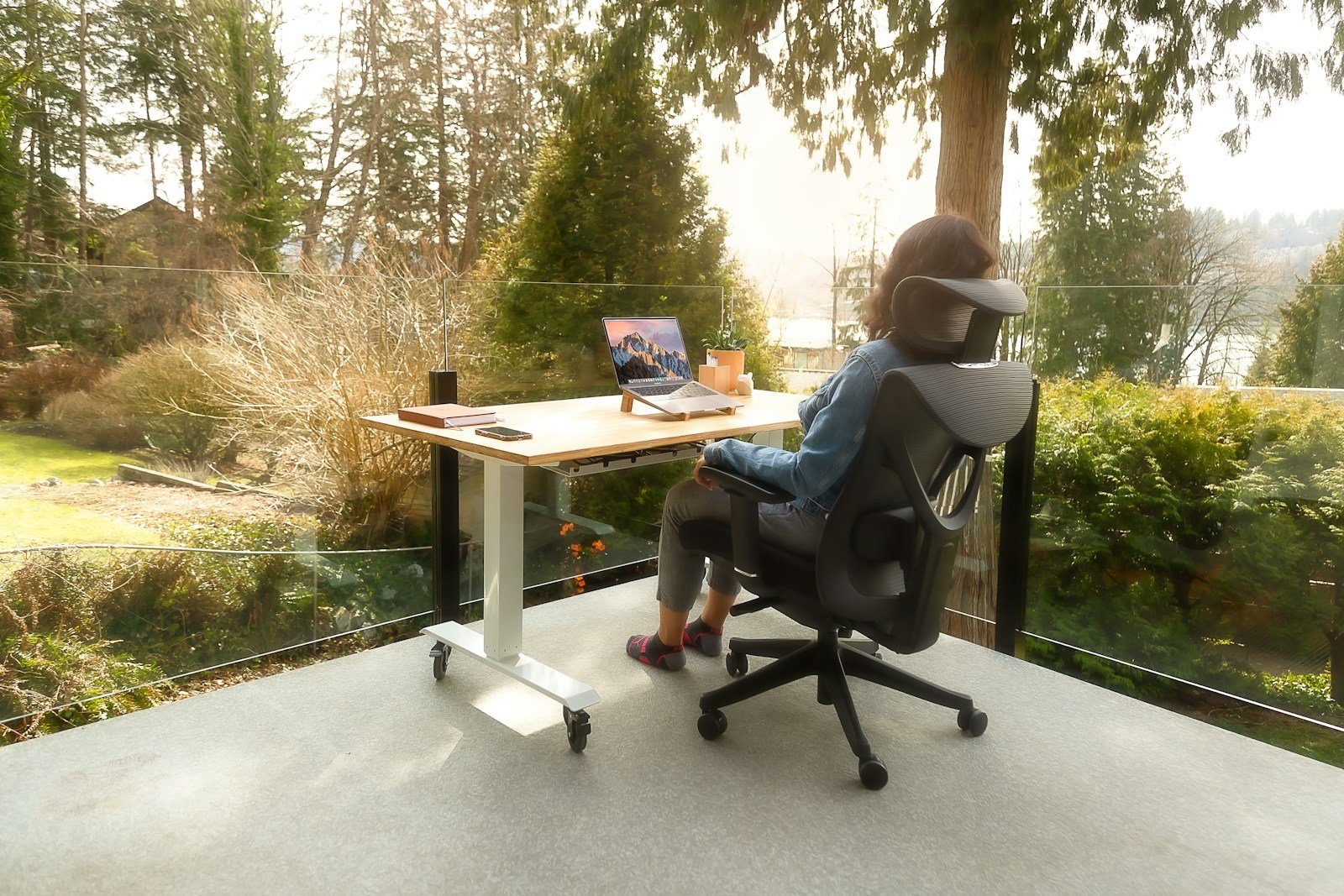Creating a sustainable office environment is more than just a trend—it’s an essential step toward reducing environmental impact and promoting long-term health for employees and communities. Traditional office practices often involve high energy consumption, excessive waste production, and reliance on non-renewable resources. These factors contribute significantly to carbon emissions and resource depletion.

By implementing eco-friendly strategies in the workplace, businesses can reduce their ecological footprint while also improving employee well-being and operational efficiency. A sustainable office not only benefits the planet but also fosters a healthier, more productive work environment.
Why Sustainability Matters for Businesses
Sustainable practices have far-reaching effects beyond just environmental conservation. They contribute to improved air quality, which can enhance overall employee health and focus. Offices with green initiatives often report increased job satisfaction and morale among staff due to the positive impact on mental well-being and comfort levels.
From a business standpoint, adopting eco-friendly policies can lead to cost savings through energy efficiency and waste reduction. Additionally, companies that prioritize sustainability are more likely to attract environmentally conscious customers and investors, enhancing their reputation in the market.
Energy Efficiency Strategies for Your Office
Reducing energy consumption is one of the most impactful ways to make an office space greener. Start by upgrading lighting systems to use LED bulbs, which consume significantly less power than traditional incandescent or fluorescent options. Motion sensors or smart lighting systems can further optimize energy use by ensuring lights are only on when needed.
Heating and cooling systems should also be reviewed for efficiency. Regular maintenance of HVAC units helps them operate at peak performance. Installing programmable thermostats allows for more precise temperature control, reducing unnecessary heating or cooling during off-hours.
Switching to renewable energy sources such as solar power can further decrease an office’s reliance on fossil fuels. Even if a full transition is not immediately feasible, choosing green energy providers is a practical step toward sustainability.
Minimizing Paper Use and Promoting Digital Practices
A large portion of office waste comes from paper use, making it crucial to adopt digital solutions where possible. Transitioning communication, document sharing, and storage to cloud-based platforms can drastically cut down on the need for printed materials. Encouraging employees to use e-signature tools for contracts or forms also helps reduce paper consumption.
When printing is necessary, establish clear guidelines for responsible use, such as using both sides of paper and selecting recycled content whenever possible. A well-organized paper recycling program within the office ensures that any unused or discarded paper is properly repurposed rather than ending up in landfills.
Choosing Sustainable Office Supplies
The products used daily in an office can have a significant environmental impact. Prioritize the purchase of eco-friendly supplies, such as biodegradable pens and pencils made from natural materials. Refillable stationery options are also excellent choices that reduce single-use plastic waste.
When purchasing new office equipment or supplies, look for items with minimal packaging or those made from sustainable, non-toxic materials. Supporting companies that prioritize ethical production practices can further align your business with green values.
Implementing Waste Management Systems
An effective waste management strategy is essential in any eco-friendly office setup. Set up clearly labeled recycling bins throughout the workspace to make it easy for employees to sort and dispose of recyclable items like paper, plastic, and glass correctly. E-waste should also be handled through designated disposal channels.
Introducing a composting initiative can help manage organic waste from break rooms or lunch areas. This not only reduces landfill contributions but also turns food scraps into nutrient-rich soil that can support office plants or local gardening projects.
Encouraging Sustainable Employee Behaviors
Creating an environmentally responsible workplace requires the participation of all employees. Promote green commuting options by offering incentives for carpooling, biking, walking, or using public transportation to and from work. Providing secure bike storage and access to showers can also support these efforts.
Water conservation should be a priority as well. Installing low-flow faucets and water-efficient restrooms helps reduce consumption without compromising comfort. Encourage the use of reusable cups and bottles in the office to minimize single-use plastic waste.
Establishing a culture that values sustainability is key to long-term success. Host internal events or challenges such as “No Plastic Week” to raise awareness and encourage participation. Recognizing employees who consistently make eco-friendly choices reinforces positive behavior and fosters a sense of shared responsibility.
Designing an Eco-Friendly Office Space
The physical layout and design of an office can greatly influence its environmental impact. Use natural, non-toxic materials in renovations or new construction to reduce harmful emissions and improve indoor air quality. Incorporating indoor plants not only adds aesthetic value but also helps purify the air and increase oxygen levels.
Maximizing natural light through large windows or open floor plans can significantly lower energy use during the day by reducing the need for artificial lighting. Consider using window shades or reflective surfaces to manage glare while still allowing daylight into the workspace.
Measuring Impact and Committing to Continuous Improvement
Tracking your office’s environmental impact is an essential step in maintaining a sustainable workplace. Use software tools or simple tracking methods to monitor energy use, waste production, and resource consumption over time. This data can help identify areas for improvement and measure progress toward sustainability goals.
Setting clear objectives such as reducing overall waste by 30% within a year provides direction and motivation for the entire team. Regularly review these metrics and update policies or practices accordingly to ensure continuous growth in environmental responsibility.
Taking Action Toward a Greener Workplace
Every step taken toward creating a sustainable office contributes to a healthier planet and more productive work environment. Whether it’s upgrading lighting systems, reducing paper use, or promoting green commuting habits, small changes can lead to significant improvements over time. It’s important for organizations to remain committed to these efforts and continue seeking new ways to enhance their sustainability practices.
By prioritizing eco-friendly policies and involving employees in the process, businesses can create a lasting impact that benefits both people and the planet. Let this be an ongoing journey of learning and improvement in your pursuit of a greener workplace.







